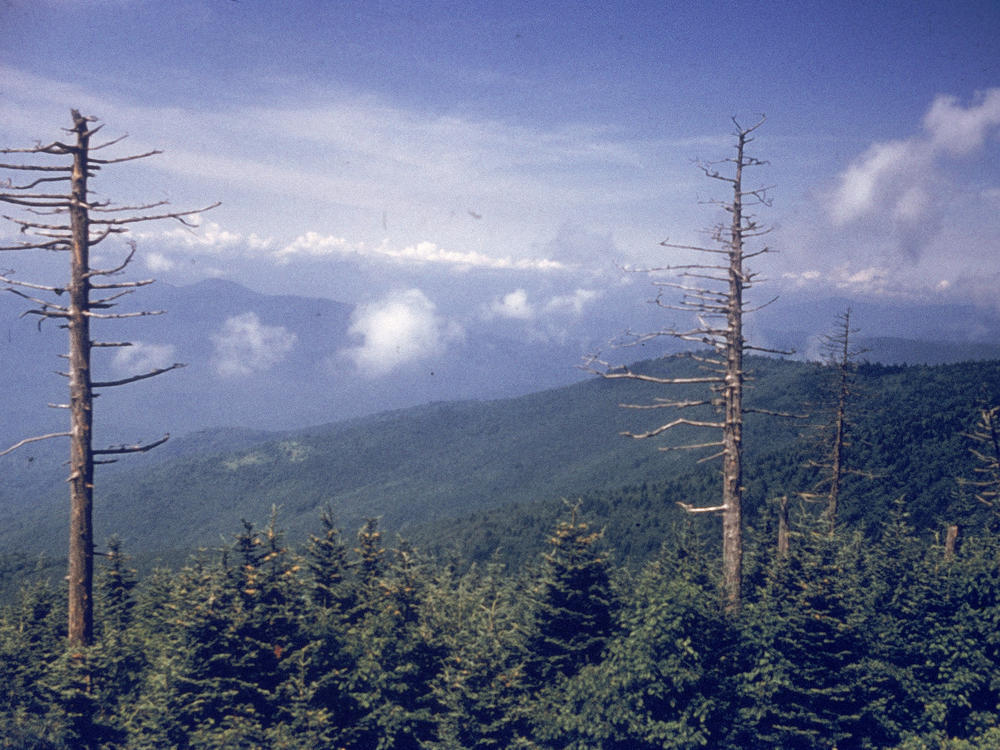Section Branding
Header Content
Cherokee tribe supports renaming Clingmans Dome in Smoky Mountains National Park
Primary Content
The Eastern Band of Cherokee Indians Tribal Council passed a resolution Thursday in support of changing the name of the highest peak in Great Smoky Mountains National Park: Clingmans Dome.
Long before the mountain on the Tennessee-North Carolina border was a National Park attraction, the Cherokee referred to it as Kuwahi, which translates to "mulberry place." Tribal medicine men would journey up the mountain and pray for guidance, then share the visions they had with the rest of the community.
Lavita Hill, treasury specialist for the tribe, said she and her friend, fellow activist Mary Crowe, spent the last month preparing the name change proposal for the tribal government's approval. Hill said she was inspired by Yellowstone National Park's renaming of Mount Doane to First Peoples Mountain, which was based on the recommendation of the Rocky Mountain Tribal Council.
Before the Cherokee Indians were forcibly relocated in 1838, they lived for hundreds of years in what are now parts of Alabama, Georgia, Tennessee and North Carolina.
"It's not like we just occupied the land, we lived on the land," Hill told NPR. "Our own government, towns, language, our own newspaper; we were thriving communities. Then, due to forced removal, we were forced out of our homelands."
Some of the Cherokee went into hiding, some in the forests on Kuwahi, while the rest of the tribe made the forced journey to Oklahoma for relocation. Nearly 4,000 Cherokee died in what later became known as the Trail of Tears.
The Cherokee who remained in the area were granted a reservation in 1876, officially known as the Qualla Boundary, in western North Carolina.
Clingmans Dome was named after a Confederate general
In 1859, the Cherokee's sacred mountain was dubbed Clingmans Dome, after the North Carolina senator and Confederate brigadier general Thomas Lanier Clingman. Clingman had explored and measured mountain peaks in the area.
But Hill said the Cherokee name for the mountain is far more fitting considering the tribe's history and because Clingman had no ties to the area; he lived in Asheville, 75 miles east of Kuwahi.
She said their fight for the name change is just the beginning.
"We've obviously been through a lot of heartache and hurt," Hill said. "What we are trying to put out there now is how Cherokee names are important, how that plays into our culture and history and keeping us alive."
With the support of the tribal government, Hill explained, the next step is submitting paperwork to the U.S. Board on Geographic Names for consideration, which she hopes to have completed by the end of the year.
"This was the starting point," Hill said. "We've just now kicked off the work."
Copyright 2022 NPR. To see more, visit https://www.npr.org.
Bottom Content

